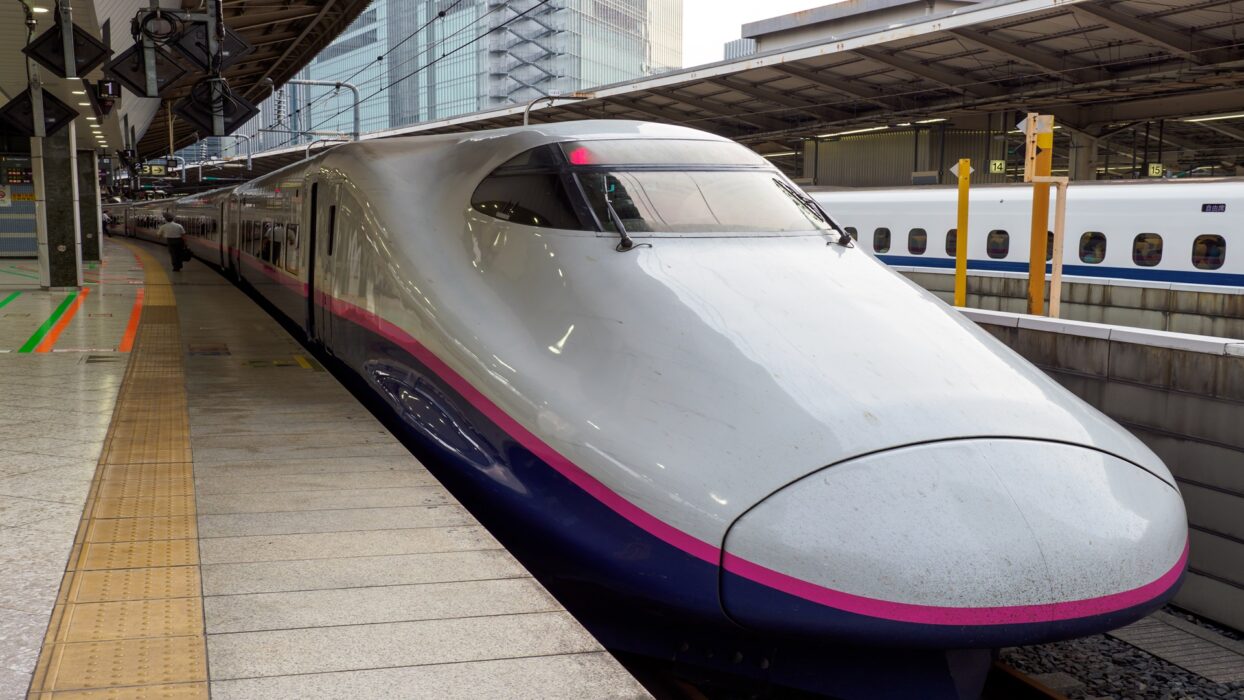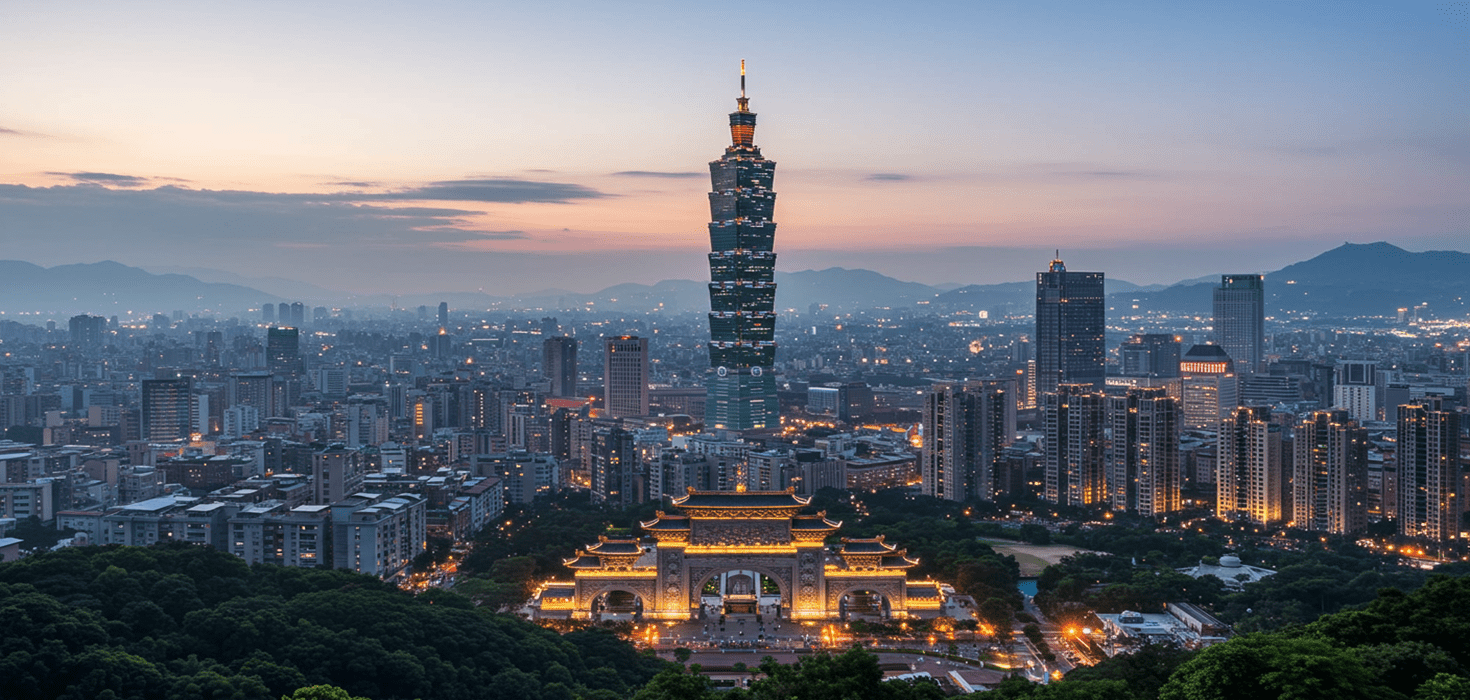Tokyo, a city renowned for its culinary delights, is a seafood lover’s paradise, and at the heart of this aquatic wonderland lies its iconic fish market scene. From the bustling stalls brimming with fresh catches to the mesmerizing tuna auctions, Tokyo’s fish markets offer an immersive experience that tantalizes the senses. Whether you’re a seasoned sushi aficionado or a curious first-timer, the transition from the legendary Tsukiji Market to the modern Toyosu Fish Market brings a new chapter in Tokyo’s seafood saga.
Opened in 2018, the Toyosu Fish Market has quickly established itself as the new epicenter for seafood enthusiasts. With state-of-the-art facilities and a layout designed for both efficiency and visitor enjoyment, Toyosu invites you to explore its vibrant atmosphere. From spectacular tuna auctions to an array of seafood stalls, this market is a must-visit for anyone looking to indulge in the freshest seafood Tokyo has to offer.
Welcome to the Toyosu Fish Market, where tradition meets modernity in a spectacular way! The market’s sleek facilities are a far cry from the old Tsukiji, yet they retain the same sense of excitement and anticipation that has always characterized Tokyo’s seafood scene. As you step inside, you’ll find yourself surrounded by the rich aromas of the ocean and the lively chatter of vendors showcasing their freshest catches.
Beyond the tuna auction, Toyosu is dotted with seafood stalls offering everything from sashimi to grilled fish, making it a fantastic place to sample a variety of dishes. The layout of the market is user-friendly, with designated areas for different types of seafood, ensuring visitors can easily navigate through the bustling environment. The market also boasts several restaurants where you can sit down to enjoy a meal prepared with the freshest ingredients right from the market floor.
Unlike Tsukiji, which was known for its vibrant street food culture, Toyosu focuses more on the auction and wholesale aspects of the seafood trade. However, this doesn’t mean it lacks charm! The modern aesthetic and organized layout make it a delightful place to explore, and the seafood stalls are brimming with high-quality offerings that will satisfy even the most discerning palates.
Strolling through the Tsukiji Outer Market, you’ll encounter a variety of stalls offering everything from grilled seafood skewers to delicious sushi rolls. One of the must-try dishes is the grilled eel, which is often served with a sweet soy glaze that perfectly complements the rich flavor of the fish. For those with a sweet tooth, don’t miss out on the seafood donuts—a unique twist that combines sweet and savory flavors!
What sets Tsukiji apart from Toyosu is its lively street food scene and the chance to interact with local vendors. Many of them have been in the business for generations, and their passion for seafood is evident in every dish they serve. The outer market is also home to several cozy restaurants where you can enjoy a sit-down meal, such as the famous Tsukiji Sushi, known for its melt-in-your-mouth sushi made from the freshest fish available.
As you explore, take your time to sample different dishes and soak in the local culture. The Tsukiji Outer Market is not just about seafood; it’s an experience that captures the heart of Tokyo’s food culture. For anyone seeking the best seafood in Tokyo, this market is an absolute must-visit!
Ready to embark on a culinary adventure? Check out the Tsukiji Outer Market and discover the delightful flavors that await you!
Culinary Experiences: A Seafood Lover’s Dream Come True
Tokyo’s fish markets are not just about browsing; they are a feast for the senses! With every corner you turn, there’s something new and delicious waiting for you. Whether you’re a sushi lover or a street food enthusiast, the choices are endless. At the Toyosu Fish Market, you can indulge in the freshest sushi prepared right in front of you. The sushi chefs here are true artisans, expertly crafting each piece with precision. Don’t miss out on trying the o-toro, the fatty belly of the tuna, which melts in your mouth with its rich flavor.
At the Tsukiji Outer Market, the culinary adventure continues. Here, street food reigns supreme! Grab a grilled seafood skewer and savor the smoky flavor as you wander through the stalls. For a unique twist, try the seafood donuts—a delightful fusion of sweet and savory that you won’t find anywhere else. And let’s not forget the grilled eel, glazed to perfection and absolutely irresistible!
For those looking to explore beyond the usual, venture into the lesser-known stalls where hidden gems await. Look for uni (sea urchin) served fresh on a bed of rice, or try ikura (salmon roe) that bursts with flavor. Pair these delicacies with a local sake or a refreshing Japanese beer for the ultimate dining experience.
Ready to savor the best seafood in Tokyo? Check out our guide on Tokyo Fish Market Feast to discover more mouthwatering dishes and where to find them!
Market Etiquette and Tips: Navigating Tokyo’s Fish Markets
Visiting Tokyo’s fish markets is an exhilarating experience, but a little know-how can go a long way! First and foremost, arrive early. The best selections are made in the morning, especially during the tuna auctions at Toyosu. If you want to catch the action, plan to be there by 5:00 AM. Trust us, the early wake-up call is worth it!
When you’re at the markets, keep in mind the local customs. Always be polite and respectful to the vendors. They are passionate about their products and love sharing their knowledge. Feel free to ask questions, but remember to keep your voice down, especially during the auctions. A little courtesy goes a long way!
As for health and safety, it’s wise to stick to the cooked offerings if you’re unsure about raw seafood. Make sure to wash your hands frequently, especially before sampling food from different stalls. And don’t forget to carry cash; many vendors may not accept credit cards. Having yen on hand will make your purchasing experience smoother.
Historical Context: The Evolution of Tokyo’s Fish Markets
Tokyo’s fish markets have a rich history that reflects the city’s deep connection to the sea. The Tsukiji Market, which opened in 1935, was a bustling hub for seafood trade for decades. It was not just a market; it was a cultural landmark where locals and tourists alike gathered to enjoy the freshest seafood. The transition to Toyosu in 2018 marked a significant shift, but it also preserved the legacy of Tsukiji.
The move to Toyosu was driven by the need for modernization and improved food safety standards. Today, the market stands as a symbol of Tokyo’s commitment to quality seafood. The new facilities are equipped with advanced technology to ensure that the fish is stored and displayed in optimal conditions. This evolution highlights the importance of seafood in Tokyo’s culinary identity and its role in the global seafood market.
As you stroll through Toyosu, take a moment to appreciate the history that shaped these markets. From the traditional practices of Tsukiji to the innovative approaches at Toyosu, the story of Tokyo’s fish markets is a testament to the city’s love for seafood.
Culinary Deep Dive: Exploring Tokyo’s Seafood Delicacies
Tokyo is a treasure trove of seafood delicacies, each with its own story and flavor profile. Let’s take a closer look at some must-try dishes that reflect the city’s culinary heritage. First up, we have sashimi. This dish showcases the freshest fish, sliced to perfection and served with soy sauce and wasabi. The simplicity of sashimi allows the quality of the fish to shine through, making it a favorite among locals.
Another highlight is chirashi, a colorful bowl of sushi rice topped with a variety of sashimi and garnishes. This dish not only tastes amazing but is also a feast for the eyes! Pair it with a light shochu or a crisp Asahi beer for the perfect meal.
If you’re feeling adventurous, try fugu (pufferfish), a delicacy that requires skillful preparation. Only licensed chefs can serve this dish, which is known for its unique texture and flavor. It’s a thrilling experience that embodies the spirit of culinary exploration in Tokyo.
Seasonal offerings are another highlight. In winter, look for kanburi (winter yellowtail), which is particularly rich and flavorful. In spring, sakura ebi (cherry blossom shrimp) makes its appearance, adding a delicate sweetness to dishes. Be sure to ask vendors about seasonal specialties during your visit!
Festivals and Events: Celebrating Tokyo’s Seafood Culture
Tokyo’s seafood culture is not just confined to the markets; it’s celebrated through various festivals and events throughout the year. One of the most popular is the Tsukiji Fish Market Festival, held annually to honor the legacy of Tsukiji. This vibrant event features cooking demonstrations, tastings, and a chance to meet local chefs and vendors.
Another exciting event is the Tokyo Seafood Festival, where seafood lovers gather to sample a wide range of dishes from different regions of Japan. From grilled fish to seafood ramen, this festival showcases the diversity of Japanese seafood cuisine.
These events provide a fantastic opportunity to immerse yourself in local customs and traditions surrounding seafood. You’ll meet passionate chefs and vendors who are eager to share their stories and culinary secrets. Keep an eye on local event calendars to catch these celebrations during your visit!
Practical Information for Travelers: Tips and Opening Hours
Planning your visit to Tokyo’s fish markets? Here’s what you need to know! The Toyosu Fish Market is open from 5:00 AM to 5:00 PM, but the best time to visit is early in the morning to catch the tuna auction. The Tsukiji Outer Market, on the other hand, operates from 5:00 AM to 2:00 PM, with many stalls closing by early afternoon.
For dining options, both markets offer a range of choices, from quick bites at stalls to sit-down restaurants. Be sure to try the sushi and sashimi at Toyosu, and don’t miss the street food at Tsukiji. If you’re looking to shop, both markets offer fresh seafood to take home, along with unique food souvenirs.
For those traveling by public transport, both markets are easily accessible by subway. Toyosu Station is just a short walk from the market, while Tsukiji Outer Market is located near Tsukiji Station. Consider purchasing a prepaid Suica or Pasmo card for convenient travel around the city!
Transportation Details: Getting to Tokyo’s Fish Markets
Getting to Tokyo’s fish markets is a breeze with the city’s excellent public transport system. If you’re headed to Toyosu, hop on the Yurikamome Line from Shimbashi Station. The scenic ride offers stunning views of Tokyo Bay, making the journey just as enjoyable as the destination!
For Tsukiji, take the Tokyo Metro Hibiya Line to Tsukiji Station. From there, it’s a short walk to the outer market. If you’re feeling adventurous, consider renting a bike to explore the area at your own pace. It’s a fun way to soak in the local atmosphere and discover hidden gems along the way.
Once you’re at the markets, don’t hesitate to explore nearby attractions. The historic Hamarikyu Gardens and the iconic Tokyo Tower are just a stone’s throw away from Toyosu, while Tsukiji is close to the upscale Ginza shopping district. Make a day of it and enjoy all that Tokyo has to offer!
Seasonal Travel Insights: What to Expect Throughout the Year
Tokyo’s seafood scene changes with the seasons, providing a unique experience no matter when you visit. Spring brings an abundance of fresh ingredients, making it the perfect time to enjoy sakura ebi and other seasonal specialties. Summer is all about light and refreshing dishes, like sashimi served with chilled soba noodles.
As autumn rolls around, the markets showcase sanma (Pacific saury), a beloved fish known for its rich flavor. Winter, on the other hand, is the season for kanburi, with its buttery texture that seafood lovers crave. Each season offers a chance to explore new flavors, so be sure to ask vendors about their recommendations during your visit!
Safety and Health Guidelines: Enjoying Seafood Responsibly
While indulging in Tokyo’s seafood delights, it’s important to prioritize your health and safety. When sampling raw fish, choose stalls that are busy and have a high turnover; this ensures freshness. If you’re trying raw seafood for the first time, start with milder options like salmon or tuna to ease into the experience.
Be mindful of food allergies and communicate any dietary restrictions to vendors. Many will be happy to accommodate your needs. And remember, hydration is key! Enjoy a refreshing drink while you explore the markets to stay energized.
Lastly, keep an eye on food safety practices. Look for clean stalls and observe how vendors handle food. Following these simple guidelines will help you enjoy the best seafood Tokyo has to offer while keeping your culinary adventure safe and enjoyable!
Commonly Asked Questions: Your Tokyo Fish Market Queries Answered
Curious about visiting Tokyo’s fish markets? Here are some common questions travelers often ask:
What is the best time to visit the fish markets?
The best time to visit Toyosu is early in the morning, around 5:00 AM, to catch the tuna auction. For Tsukiji, aim to arrive by 8:00 AM for the freshest offerings and to enjoy the bustling atmosphere.
Are the fish markets kid-friendly?
Absolutely! Both markets offer a lively environment that can be fun for kids. Just keep an eye on them in crowded areas and encourage them to try new foods!
Can I take photos in the markets?
Yes, photography is generally allowed, but be respectful of vendors and other visitors. If you’re unsure, ask before snapping a photo, especially during the tuna auction at Toyosu.
What should I wear to the markets?
Comfortable shoes are a must, as you’ll be doing a lot of walking. Dress in layers, as the temperature can vary between indoor and outdoor areas. And don’t forget your appetite!
Fun Facts About Tokyo’s Fish Markets: Seafood Trivia
Did you know that the Toyosu Fish Market is built on the site of a former gas plant? Or that the largest tuna ever sold at auction fetched a whopping $3 million? Tokyo’s fish markets are full of fascinating tidbits that make your visit even more enjoyable!
The tradition of tuna auctions has been around for decades, and the excitement in the air is palpable as bidders compete for the best fish. And here’s a fun fact: Tsukiji was once the largest wholesale fish and seafood market in the world, handling over 2,000 tons of seafood daily!
As you explore, keep an ear out for local legends and stories from vendors. These anecdotes add a layer of charm to your experience and connect you to the rich history of Tokyo’s seafood culture.










